Pietro Sambi was a diplomat, a man of dialogue, a man of peace, and we would like to honor him among the “Top Ten” of 2011, and mourn his passing. He died on July 27 at the age of 73. All who knew him loved him.
When the archbishop died in July, he left behind a large gap in the Church’s diplomatic service, which he had served loyally for more than 40 years. But even more impressive was the impact he left upon people, regardless of their status in life.
Rare is the man who can treat each person like his friend, and who can talk to a shy layperson as easily as he can a powerful world leader. Pietro Sambi was such a man. In many ways, he was the kind of priest and diplomat the Church strives to produce: charitable to all, whatever their viewpoints, while deeply devoted to the Catholic faith himself.
Born in central Italy in 1938, ordained in 1964, he studied theology and canon law in Rome before joining the Holy See’s diplomatic service in 1969. After serving in Cameroon, Cuba and Algeria, he became the Pope’s representative in Nicaragua in 1979 — soon after the overthrow of the repressive government of Anastasio Somoa and the installation of the Marxist-tinged Sandinista regime. In that capacity, wrote the New York Times, “Ambassador Sambi was often cast as a mediator between the many Catholic priests who held prominent offices in the Sandinista government and the Catholic bishops of Nicaragua, who opposed the priests’ participation in the apparatus of a socialist state.”
After becoming an archbishop in 1985, he spent 12 years in Burundi and Indonesia. His final two assignments, in Israel andin the United States, would make him internationally famous.
Pope John Paul II appointed Sambi the Holy See’s chief representative in Israel, and apostolic delegate to Jerusalem, in 1998, just in time to arrange for John Paul’s historic 2000 visit to the Holy Land.
Though “diplomatic,” Sambi was also a man of great moral and spiritual force; he never failed to speak out against the evils of our age, particularly in he Middle East, where they run rampant.
At the same time, Sambi was a man of peace, and made tireless efforts to resolve differences among communities in conflict. It was not just Christians who loved him; Jews and Muslims did as well. People of all faiths and political views trusted him, and knew he would be fair, whenever they sought him out.
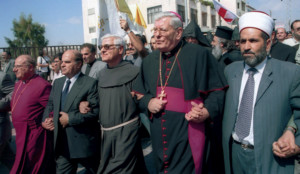
The sheik of Jerusalem, right, holds hands with Msgr. Pietro Sambi, papal nuncio to Israel, during a march for peace into Bethlehem (CNS photos)
Recognizing his considerable gifts, Pope Benedict XVI made him Apostolic Nuncio to the United States in 2005, one of Benedict’s very first appointments as Pope. Three years later, when Benedict made his April 2008 visit to the US, Sambi helped make that visit as successful and inspiring as John Paul II’s journey to the Holy Land.
Upon hearing of the Nuncio’s passing, Archbishop Timothy Dolan of New York, the President of the US bishops’ conference, paid him this tribute: “Archbishop Sambi understood and loved our nation. He traveled throughout the country, often to attend the ordination of bishops, always eager to meet the faithful, and to share with them the affection that the Holy Father has for them and their country. He was open to the media as a conveyor of truth and welcomed journalists as representatives of the American people. He enjoyed everything from a stroll in the park near his residence in Washington to the diplomatic functions he attended as part of his service as the representative of the Holy See to the United States.
“Archbishop Sambi possessed both a keen sense of diplomacy cultivated through many years of service in the Vatican diplomatic corps, especially in Israel, and a pastoral sensitivity cultivated through his many years as a faithful and devoted priest. Those who met or listened to Archbishop Sambi understood that at the heart of all he did was this love of the priesthood and of Christ the Good Shepherd.”
If there was one issue that drove the good archbishop, it was his devotion to Catholic education. The son and brother of teachers, he understood how important education could be in shaping an individual’s life. His 2007 address to the National Catholic Education Association summed up his vision:
“A young man, 22 years old, once took a piece of marble and sculpted in it two of the most deep human sentiments: suffering accepted from the hand of God does not diminish the beauty of the human person but increases it, and — second sentiment — even in death, a son continues to have full confidence in his mother. This is the Pietá of Michelangelo, that you can see everytime you enter in the Basilica of St Peter in Rome. Michelangelo, the author of the Pietá, is considered one of the greatest artists in the world.
“I don’t believe it! The greatest artists are the educators — are you — because you try to sculpt the best of yourselves, of who you are and what you know, not in a piece of marble, but in living, breathing human beings, who are the glory of God.”
For all he gave to the Church, let us remember and honor him..

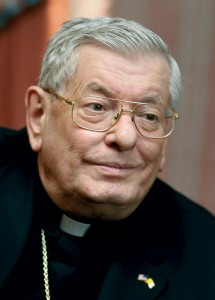

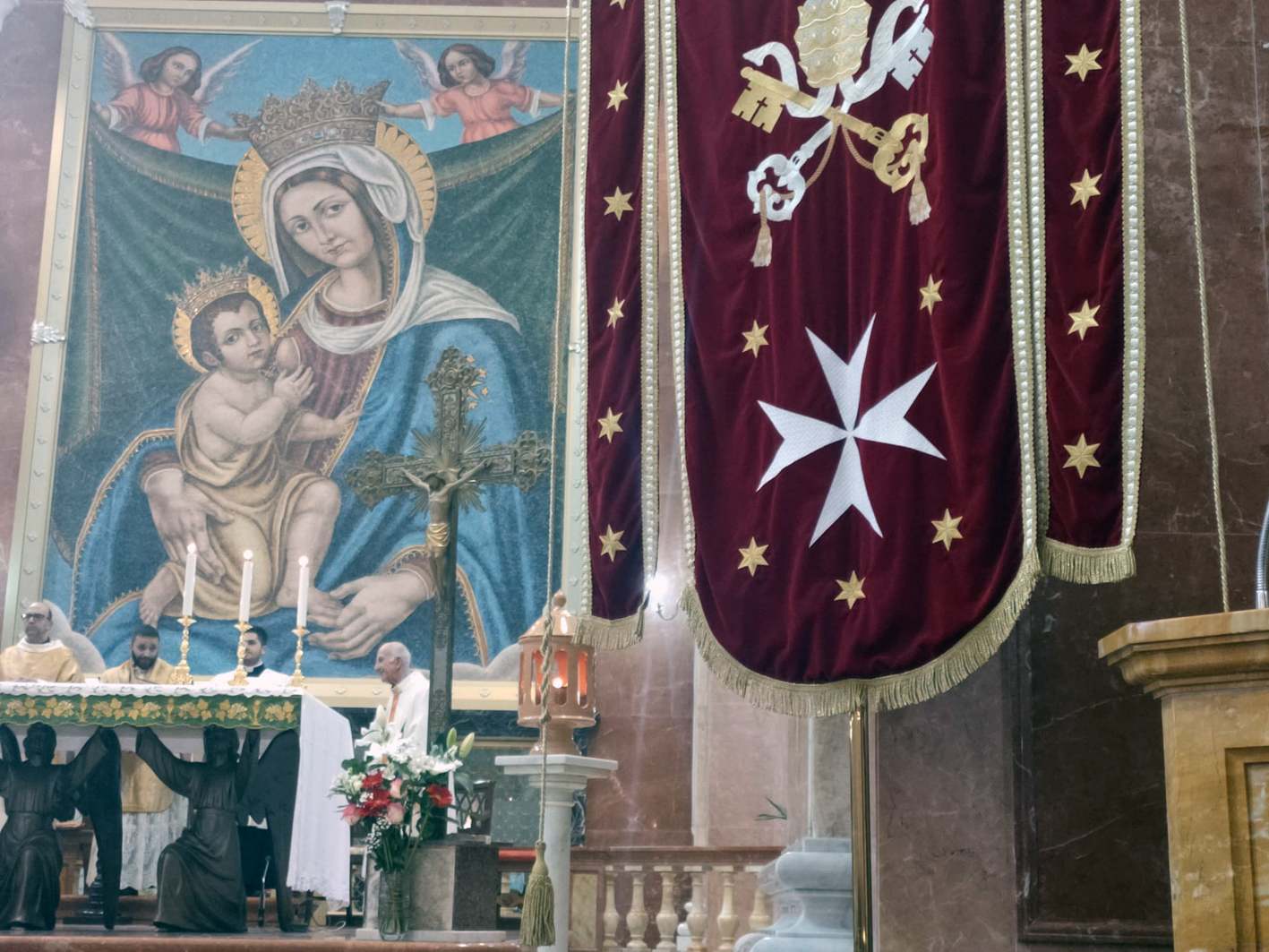
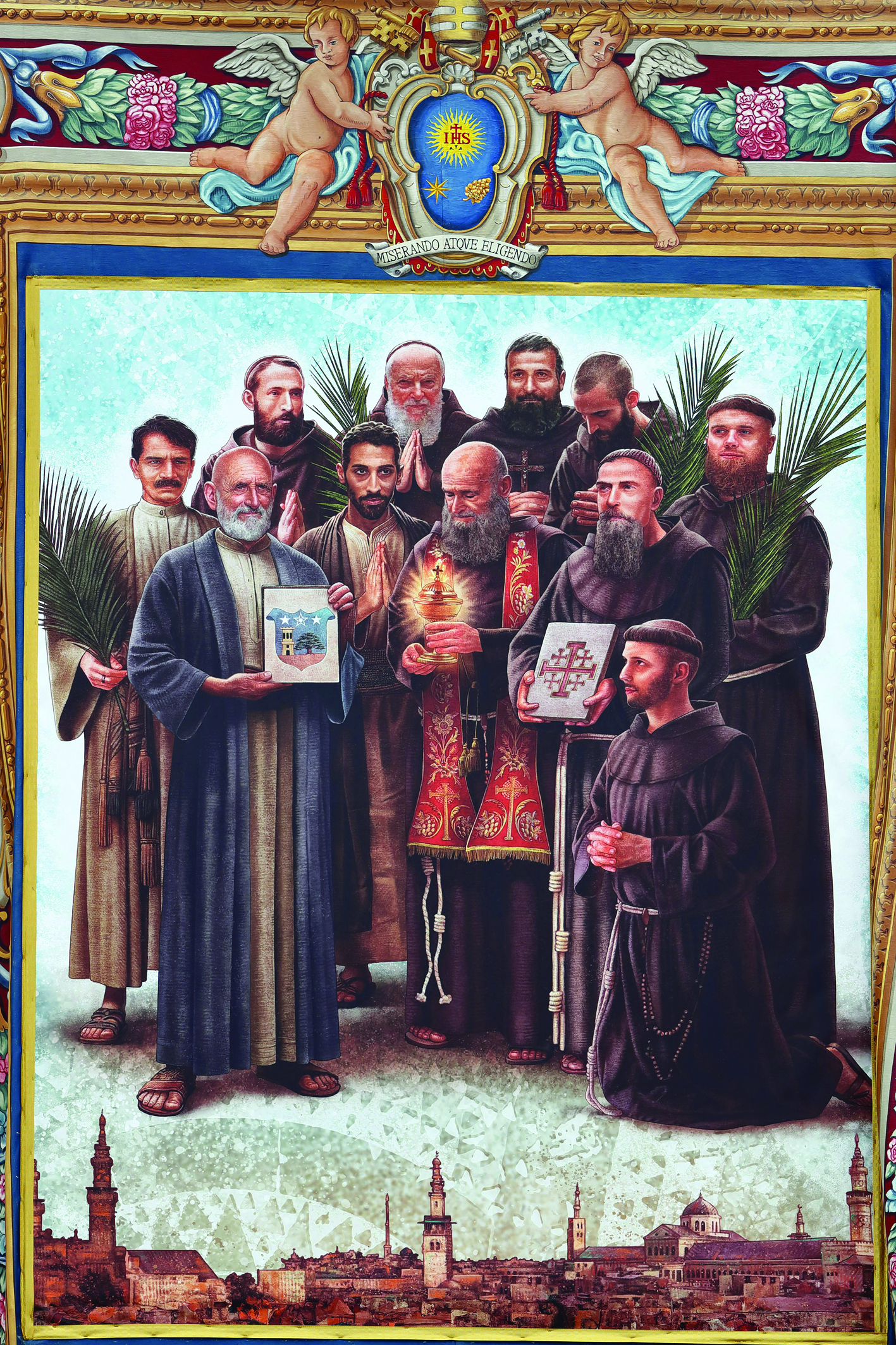
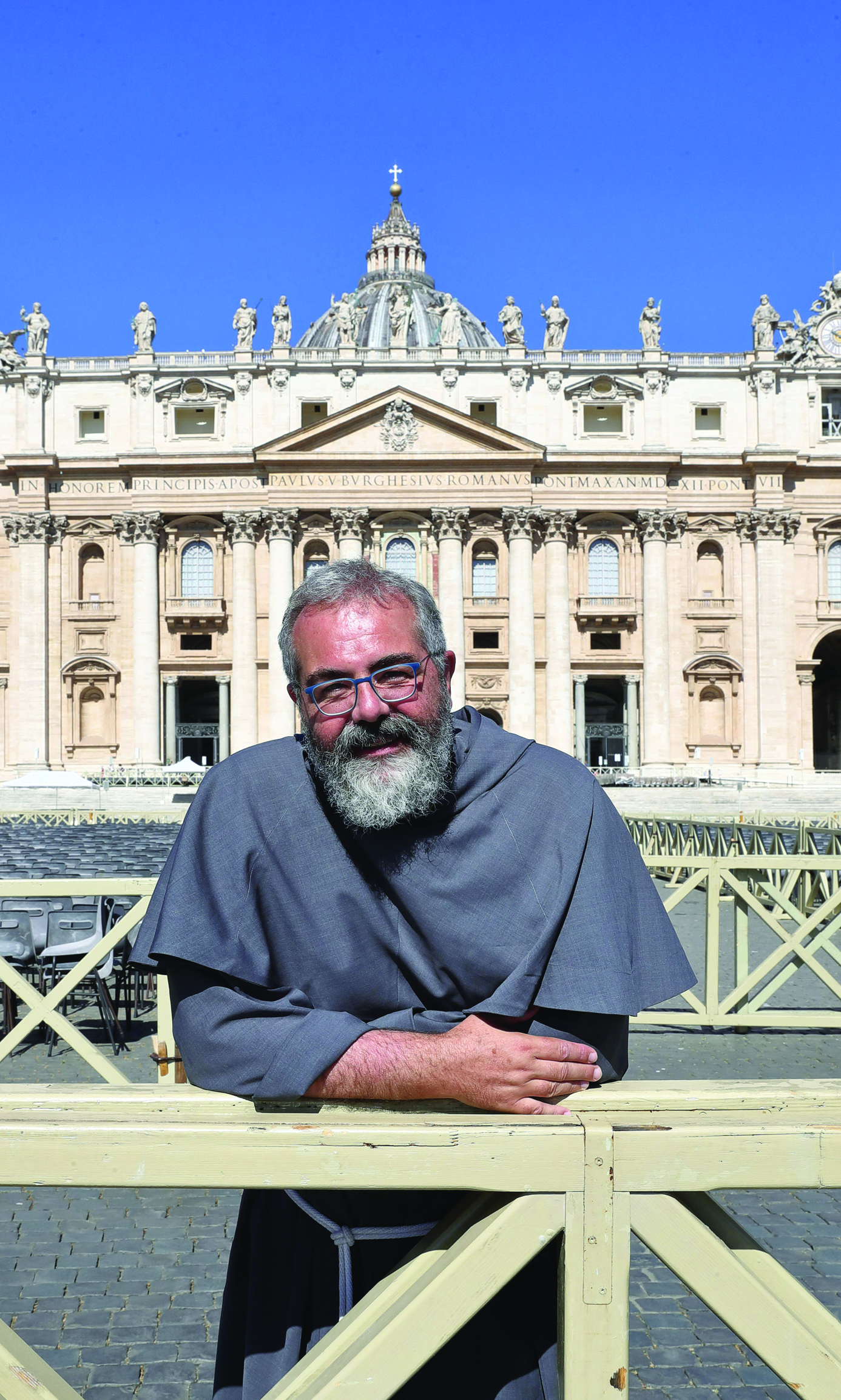

Facebook Comments